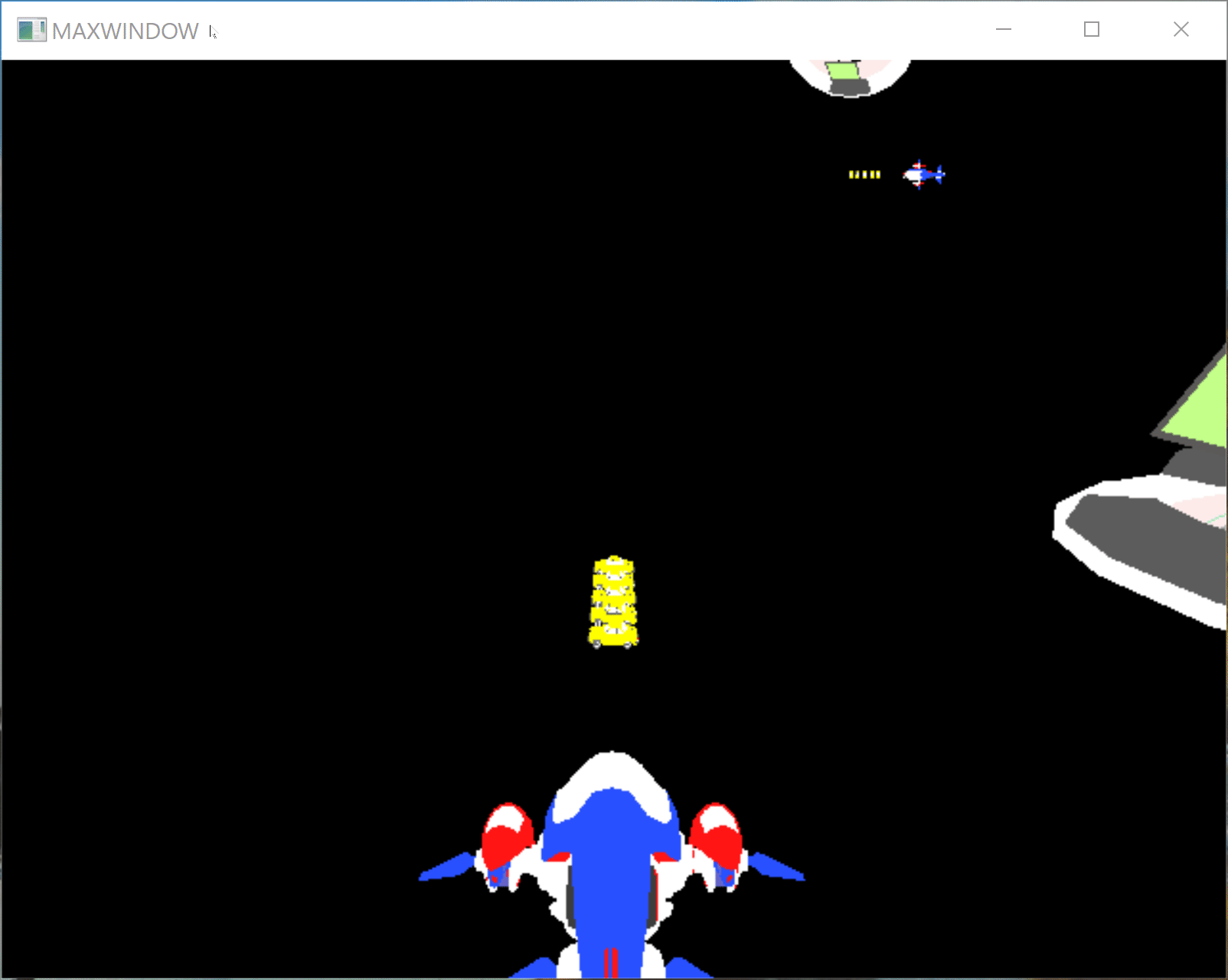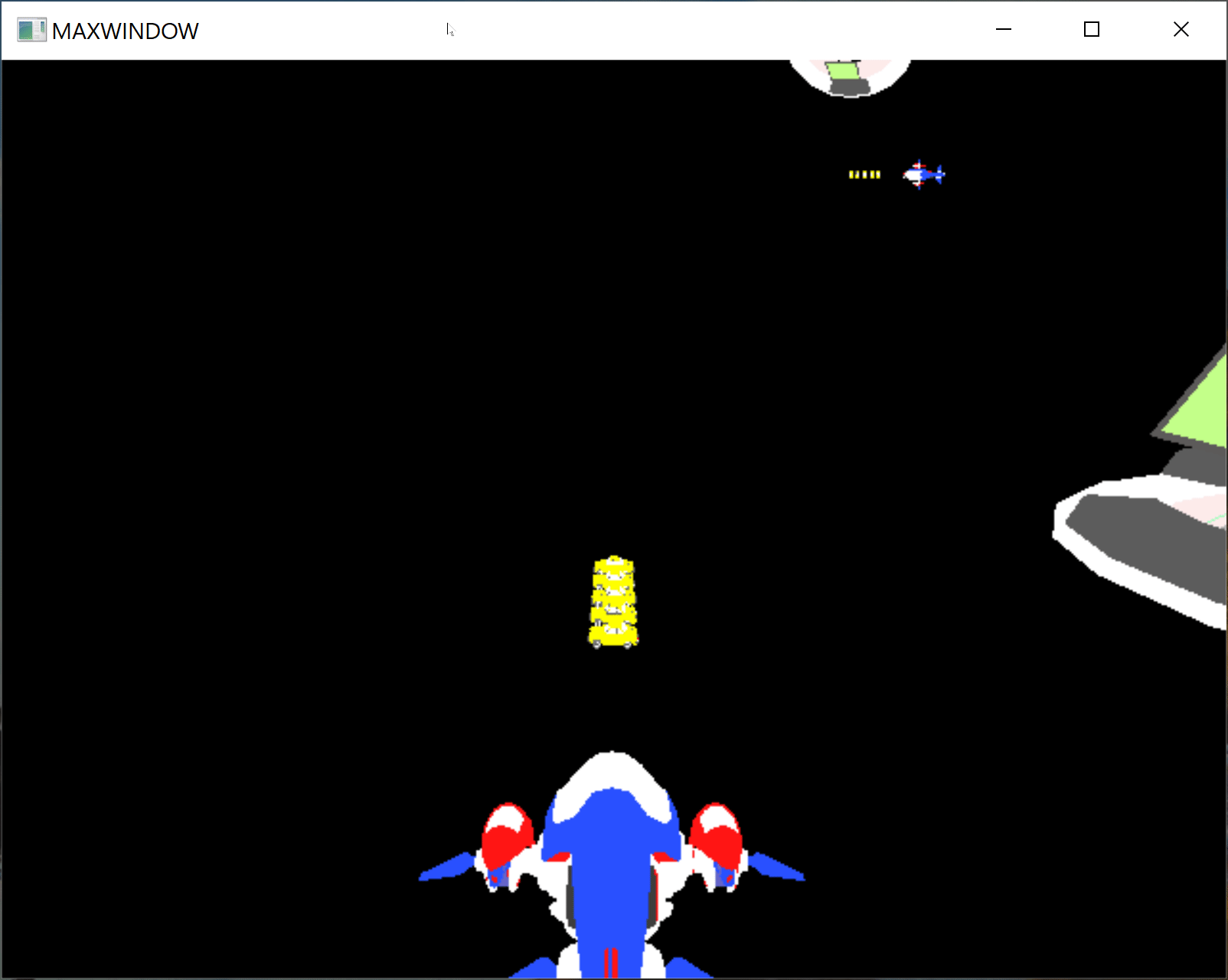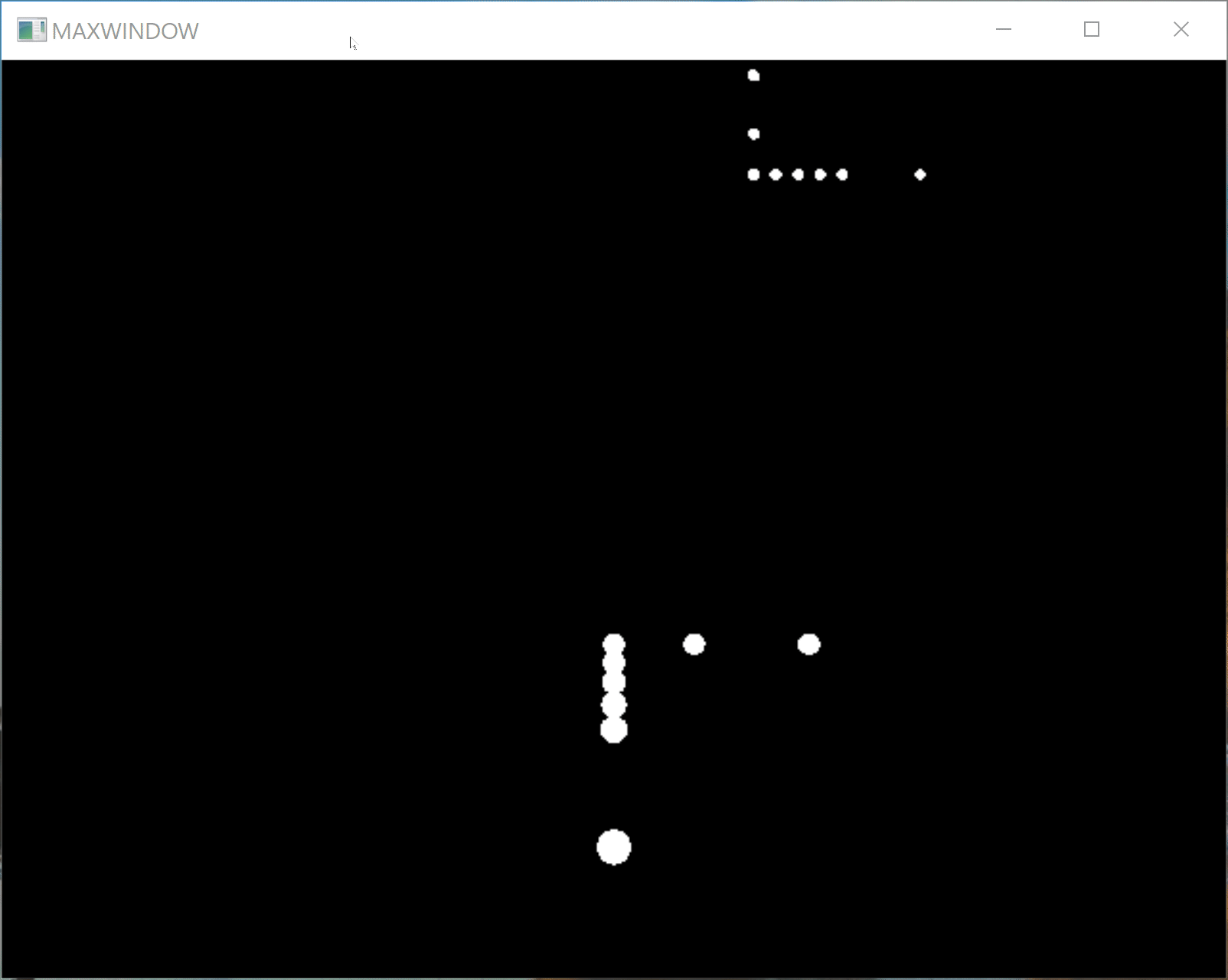After applying the clang-format and beautifying the code yesterday, I couldn’t resist so I ended up reworking the way I store basic 3D object parameters and how they are used to calculate everything. The main point was that I originally used matrices everywhere to avoid having to deal with casting values or overthinking how to optimise for memory/usage. However, it was inefficient and made things harder to debug. This was an issue as I wanted to figure out how to solve the incorrect collision I was seeing when various projectiles where going through their targets instead of destroying them.
Therefore, I replaced these global 4X4 matrices used all over the place with translation vectors and rotation matrix (3X3). I was rewarded quite nicely for it because, after changing the type of values for the translation component of the base spatial object class, collision handling started working as expected!

Redesigning the way we store position solved collision problems
This game is now fair! No more getting hit when you shouldn't!
| Time spent for this | Time spent so far |
|---|---|
| 6 h | 101 h |


